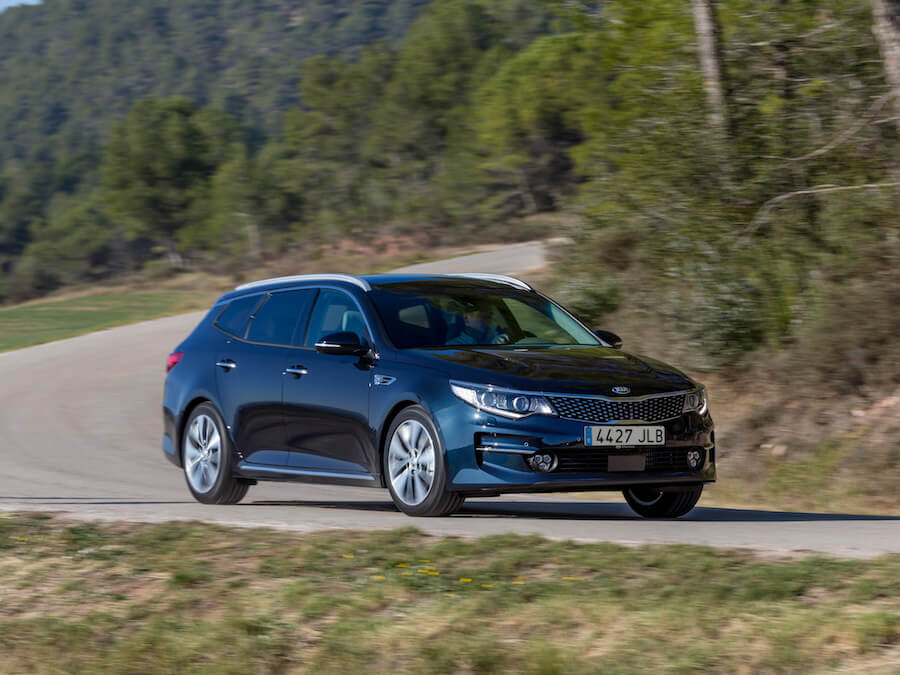Published on August 30, 2016
Kia Optima Sportswagon review
Kia's new Optima Sportswagon really pulls off the square-jawed handsome thing, plus it's practical, useful and not at all bad to drive.

Neil Briscoe
-->




















